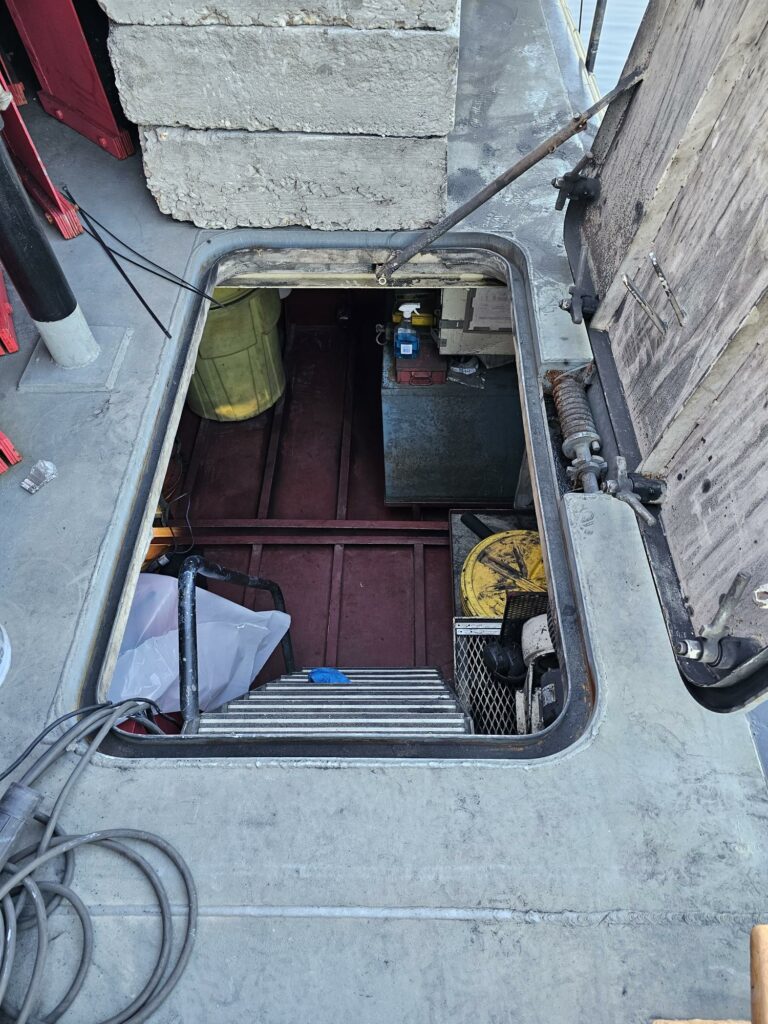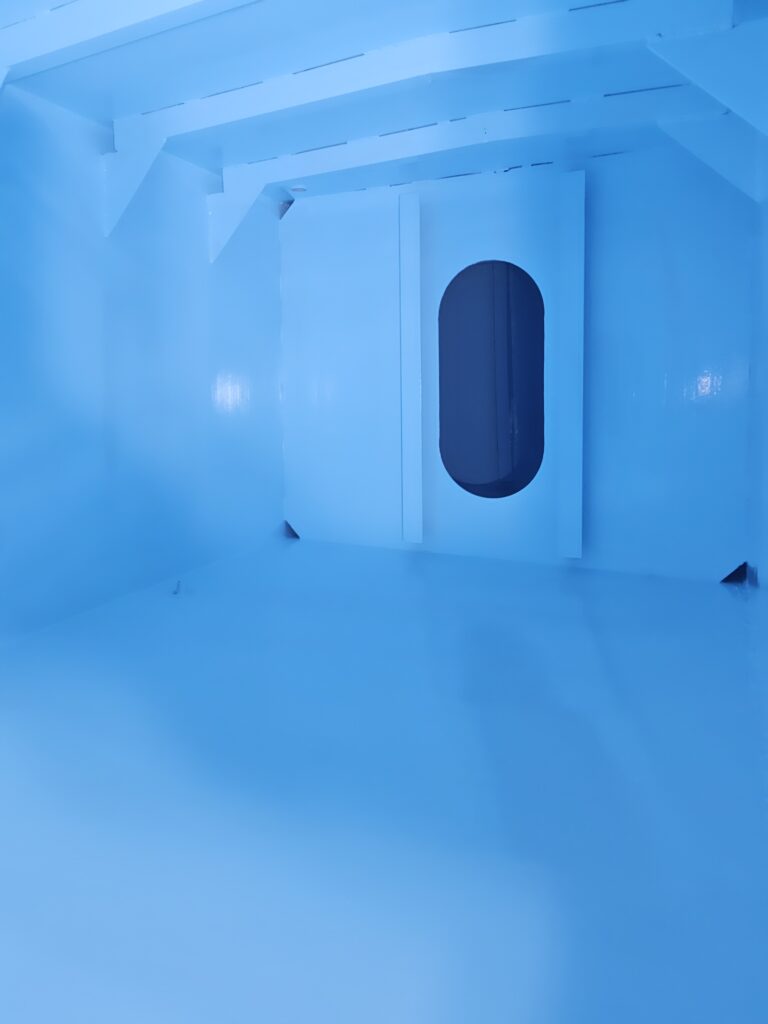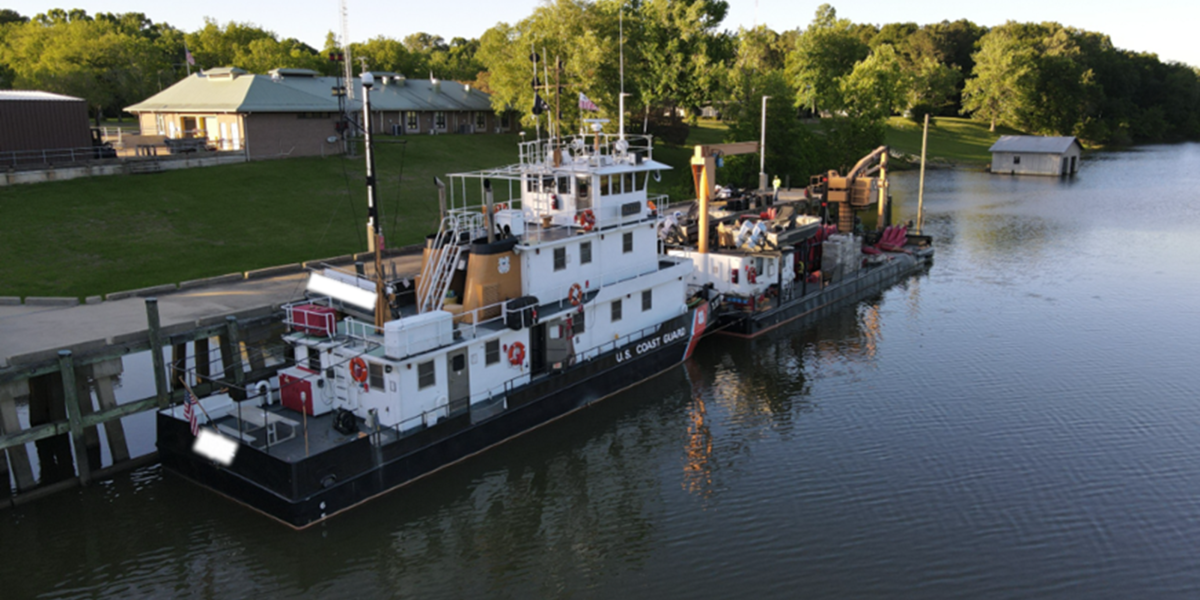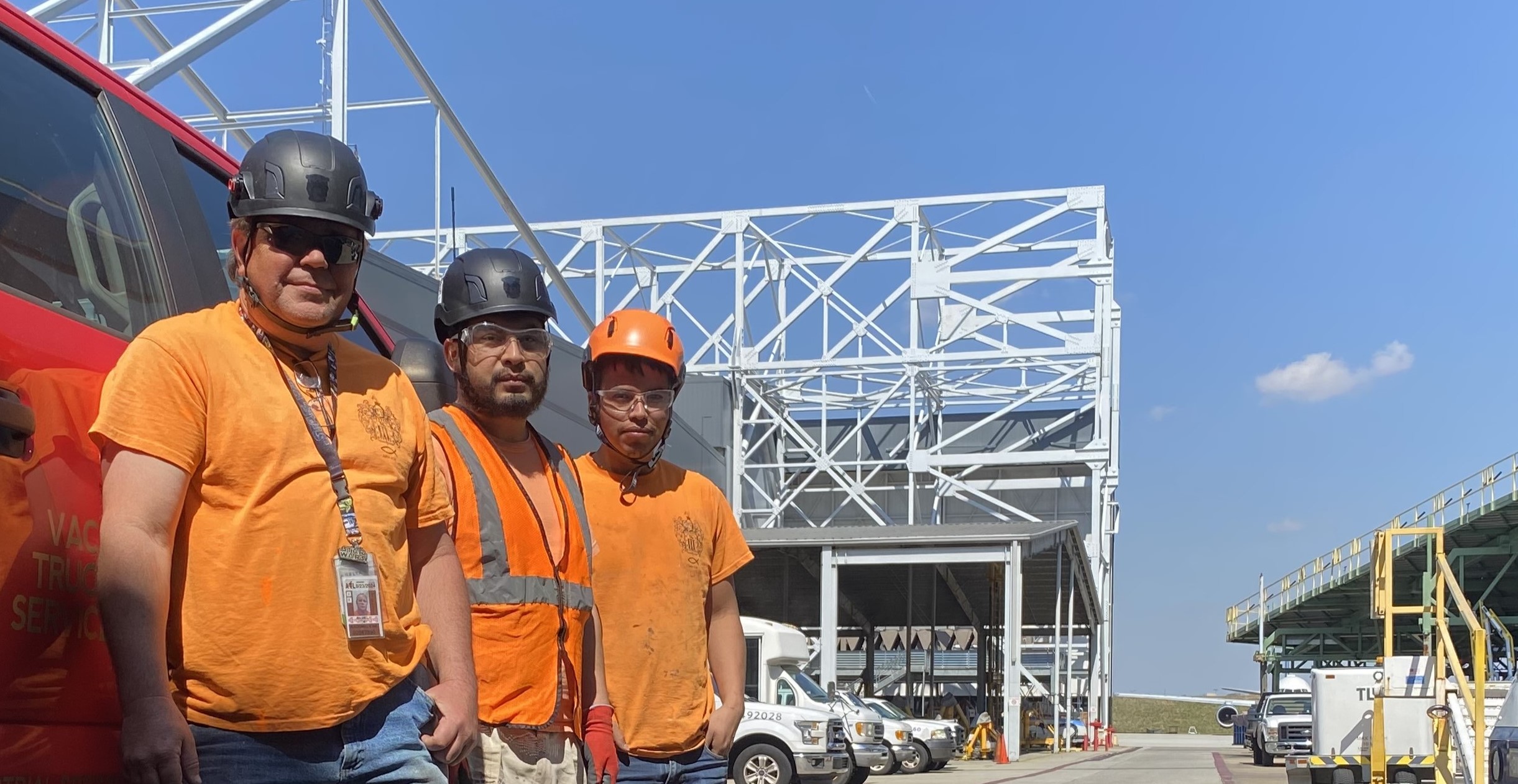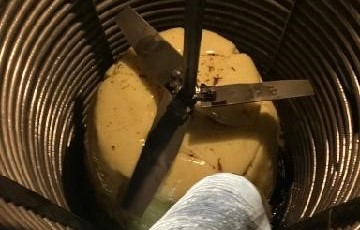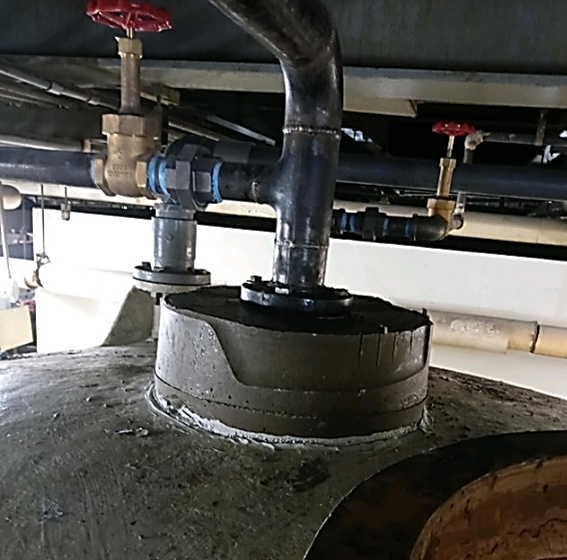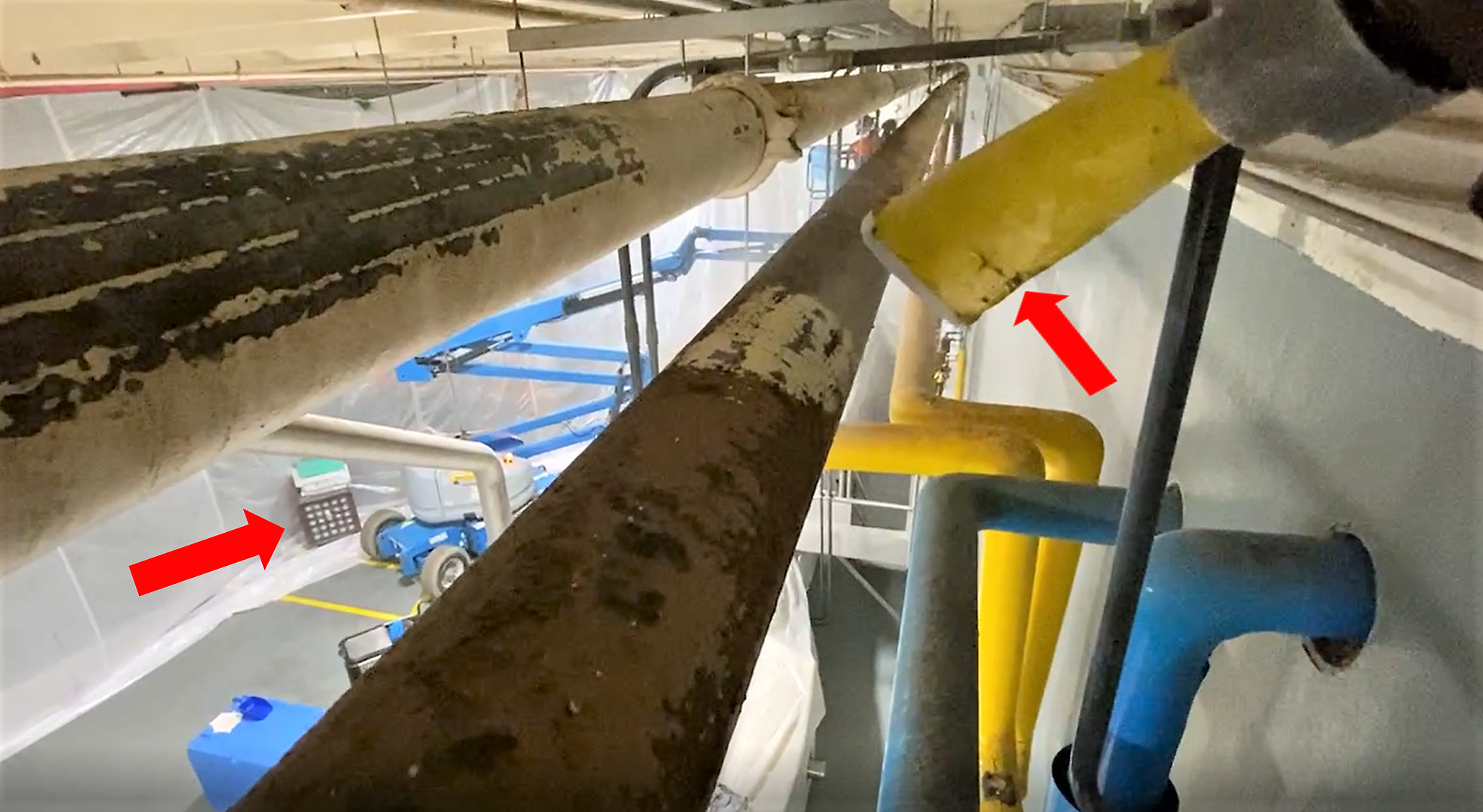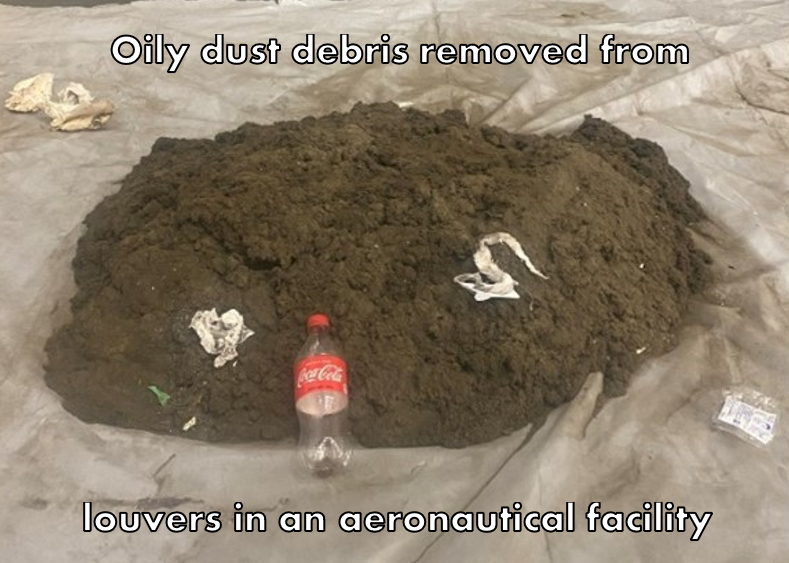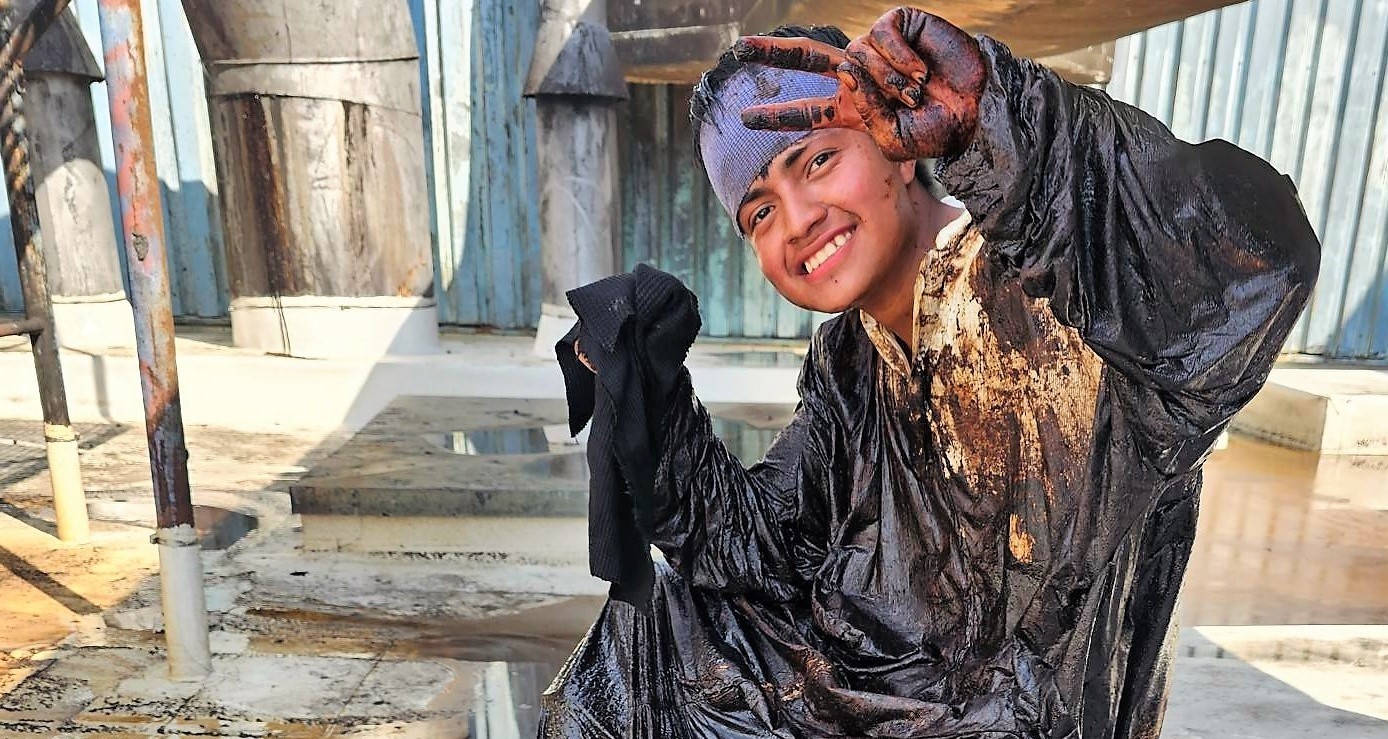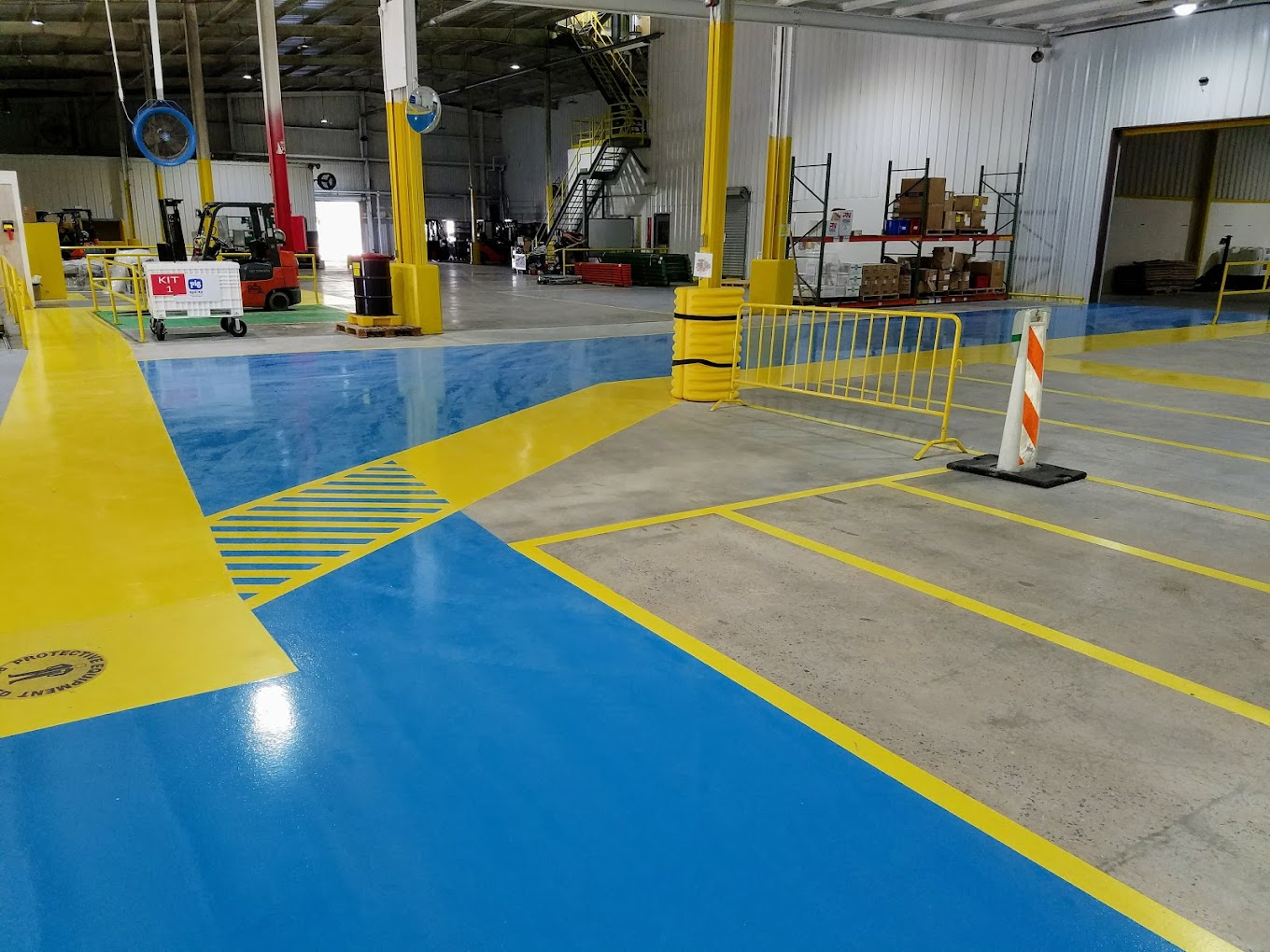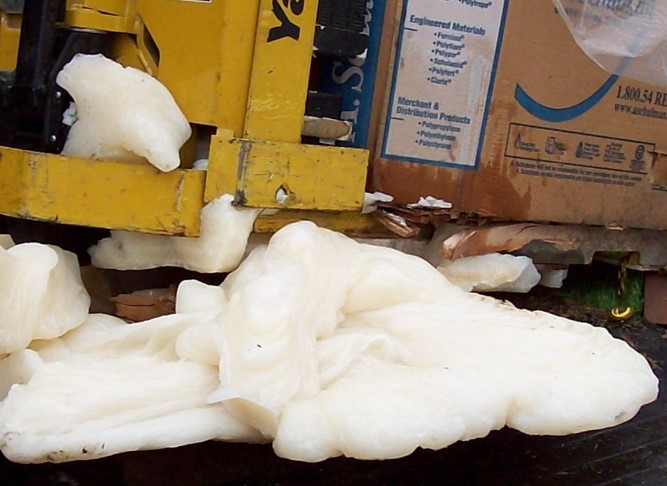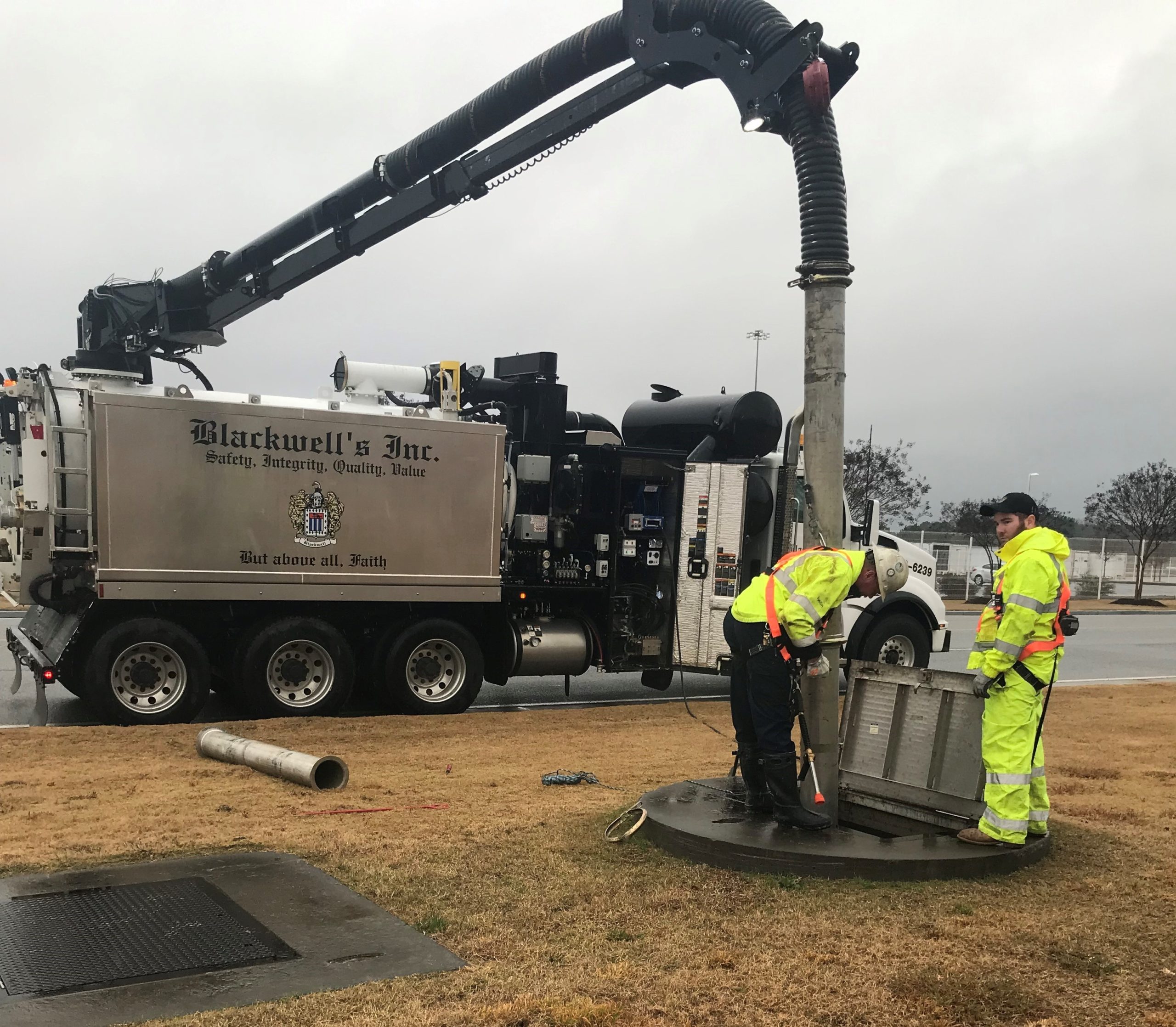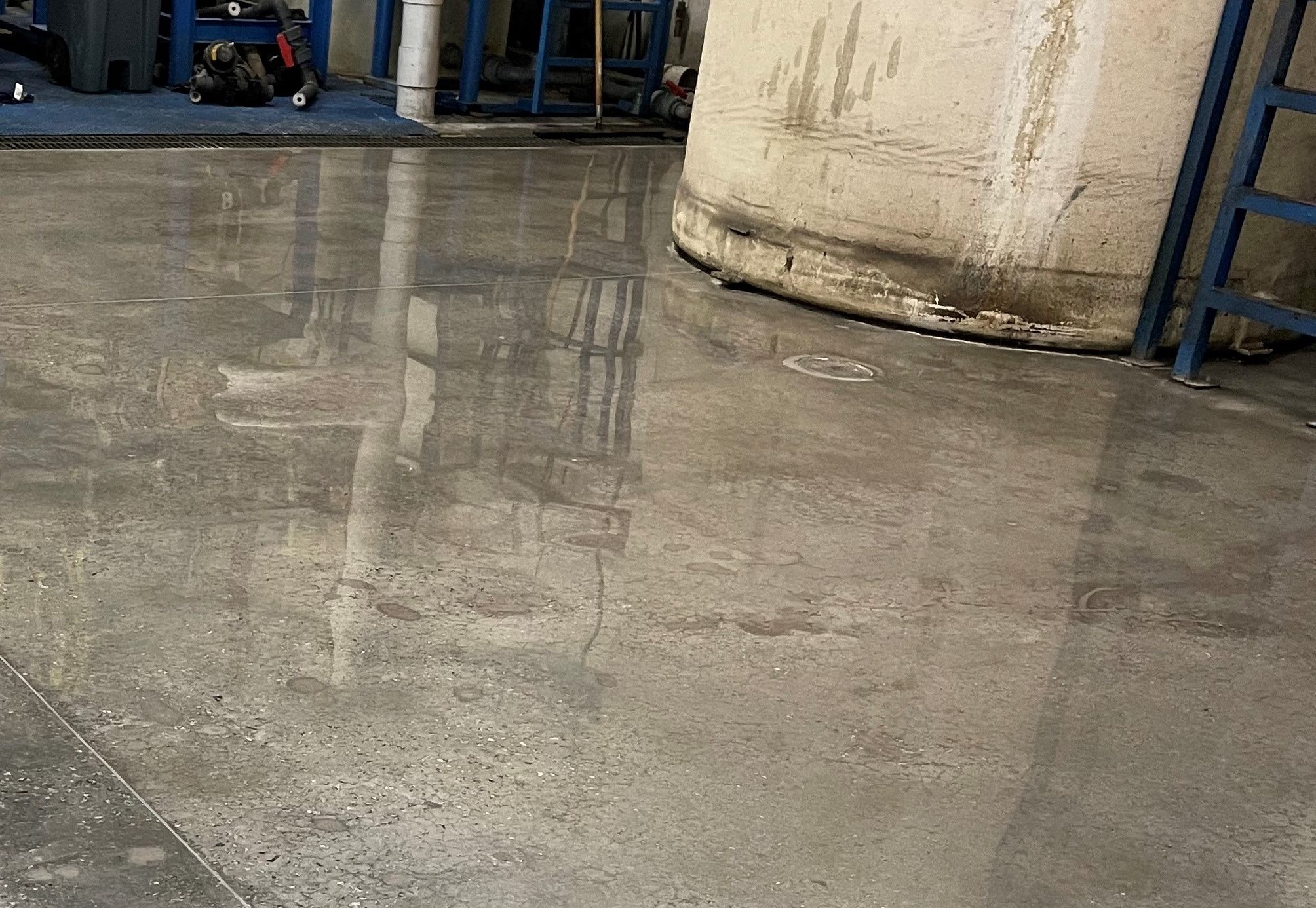An epoxy coating is not limited to just flooring applications. One use is in preventing something we call corrosion. The rusting of iron, when exposed to oxygen and water, is a good example.
It’s a gradual destruction of materials (usually metals) into chemically, a different material. Depending on what iron or steel is exposed to, lots of other (and different) materials can be made.
Metals can be protected from corrosion.
Metals can be protected from corrosion by coating them. Coating steel with zinc to galvanize it is a good example. So is an epoxy coating.
Recently we had a rather oddball job to coat with an FDA approved epoxy coating material, the interior of a 3300-gallon steel potable water tank. What made it an “oddball” job was where the water tank was located, but, as Paul Harvey, an American radio broadcaster used to say in his radio show . . . “that’s the rest of the story”.
The tank interior, with its large amount of angular steel bracing and angular supports, made the work for coating the tank a rather difficult job.
Ensuring our safety while in the steel tank
We began the tank work by using proper OSHA lockout/tagout (LOTO) and confined space entry (CSE) procedures to ensure our safety while in the steel tank. This included using air monitors to test the atmosphere inside the tank.
Epoxy coating used high pressure pneumatic spray units
The actual epoxy coating application used high pressure pneumatic spray units and the associated equipment to:
- Apply a stripe epoxy coating to the welded seams and baffle openings with a two-component, high-build amine epoxy coating liner allowing a 24-hour cure time.
- Apply the same liner material as a base coating to the entire tank floor, walls, and ceiling, but infused with a blue fluorescent Optically Active Pigment (OAP) allowing a 24-hour cure time.
- Apply a white top coating of the same liner material to the entire interior of the tank allowing a 24-hour cure time.
- Perform Holiday Inspection testing using a UV inspection light, to identify pin holes, cracks, and liner thickness, in the liner coating. The Optically Activated Pigment (OAP) technology, using fluorescing pigmentation, illuminates the epoxy coating for instant identification of flaws in the coating under the ultraviolet light.
Prepared to apply an additional epoxy coating
If necessary, we were prepared to apply an additional epoxy coating of the white epoxy liner material paying special attention to correction of the areas identified during the OAP inspection.
Now, where was this oddball 3300-gallon steel water tank?
This water tank was below the deck of a 90-foot working barge attached to the USCGC Wedge, a 75-foot United States Coast Guard Cutter, used as an inland construction and navigational buoy tender. The buoys mark the channel from navigable rivers out to Mobile Bay, providing a safe path for watercraft to travel without running aground or into other submerged hazards.
The tank supplies the potable water for showers, toilets, and drinking water (if necessary) while the Wedge crew members are on river duty.
And now, as Paul Harvey would say . . . “You know the rest of the story”.
